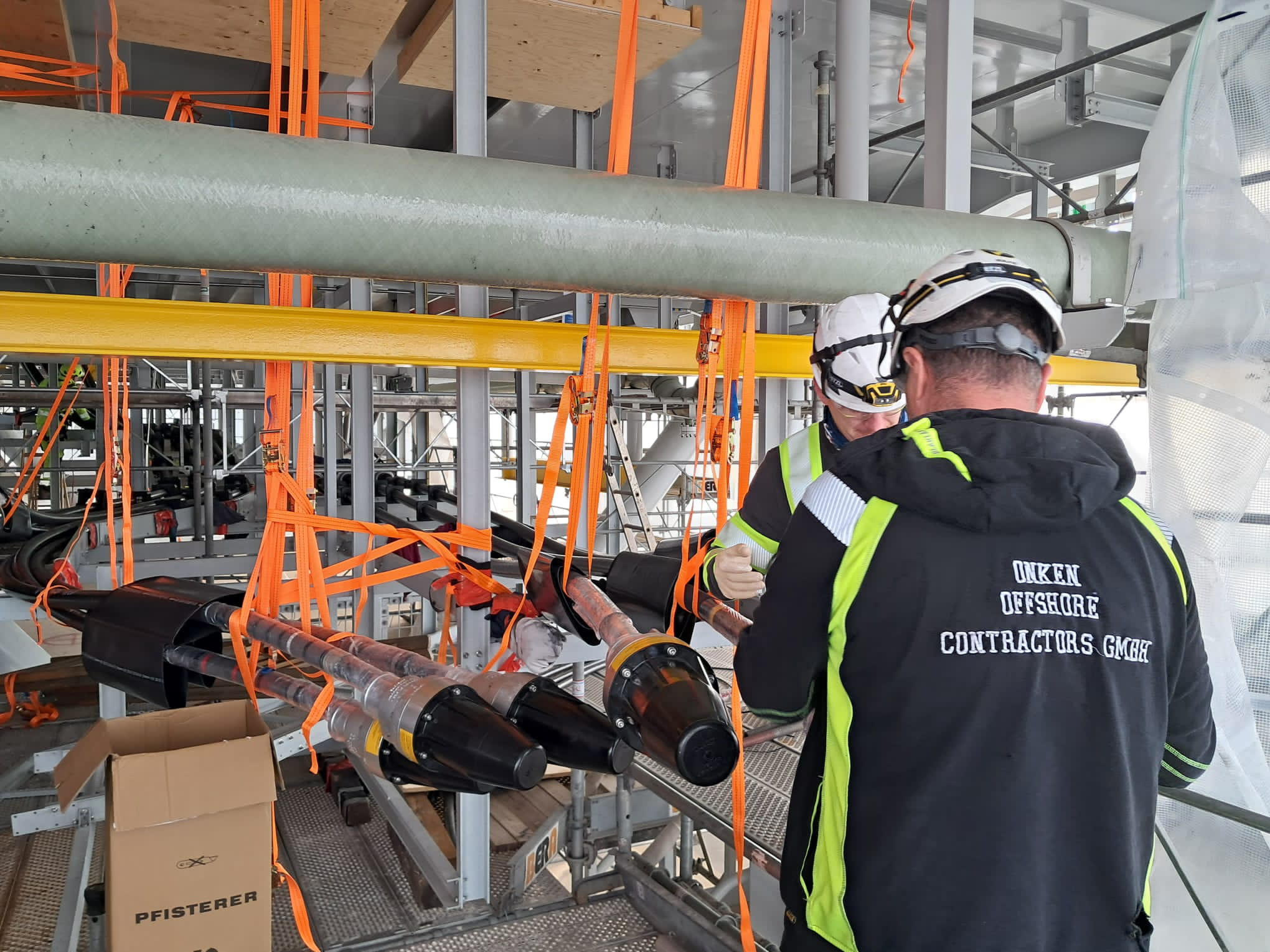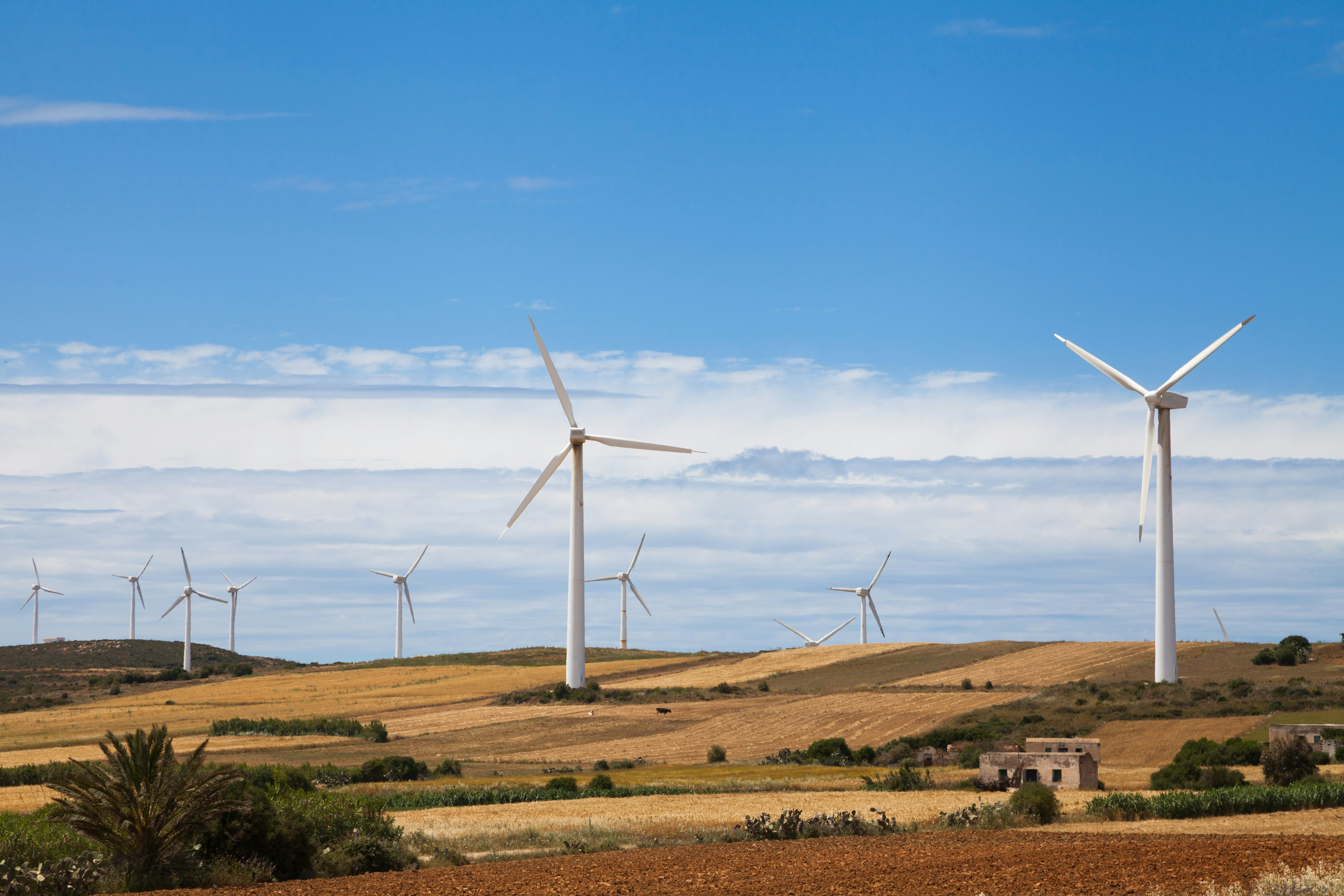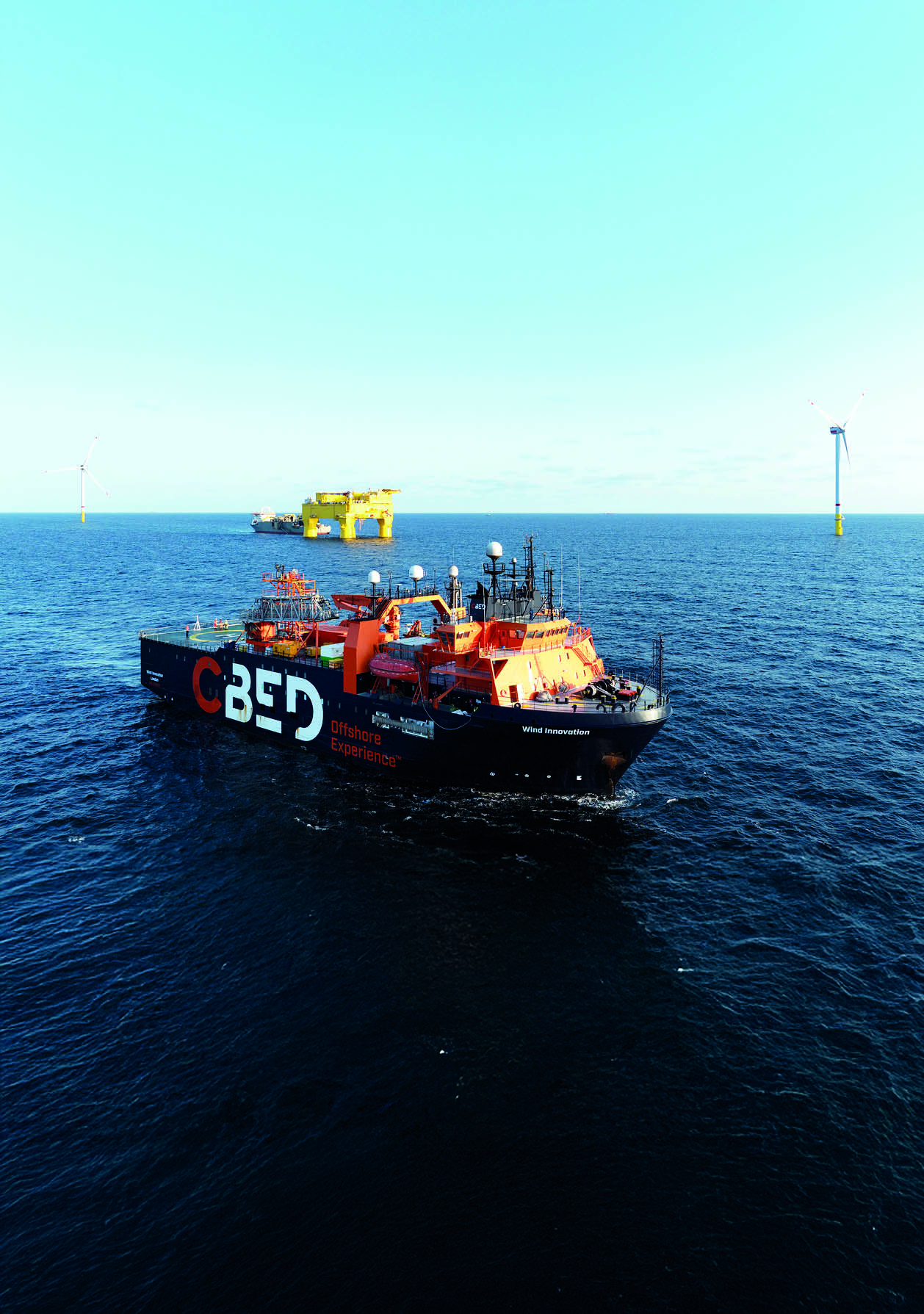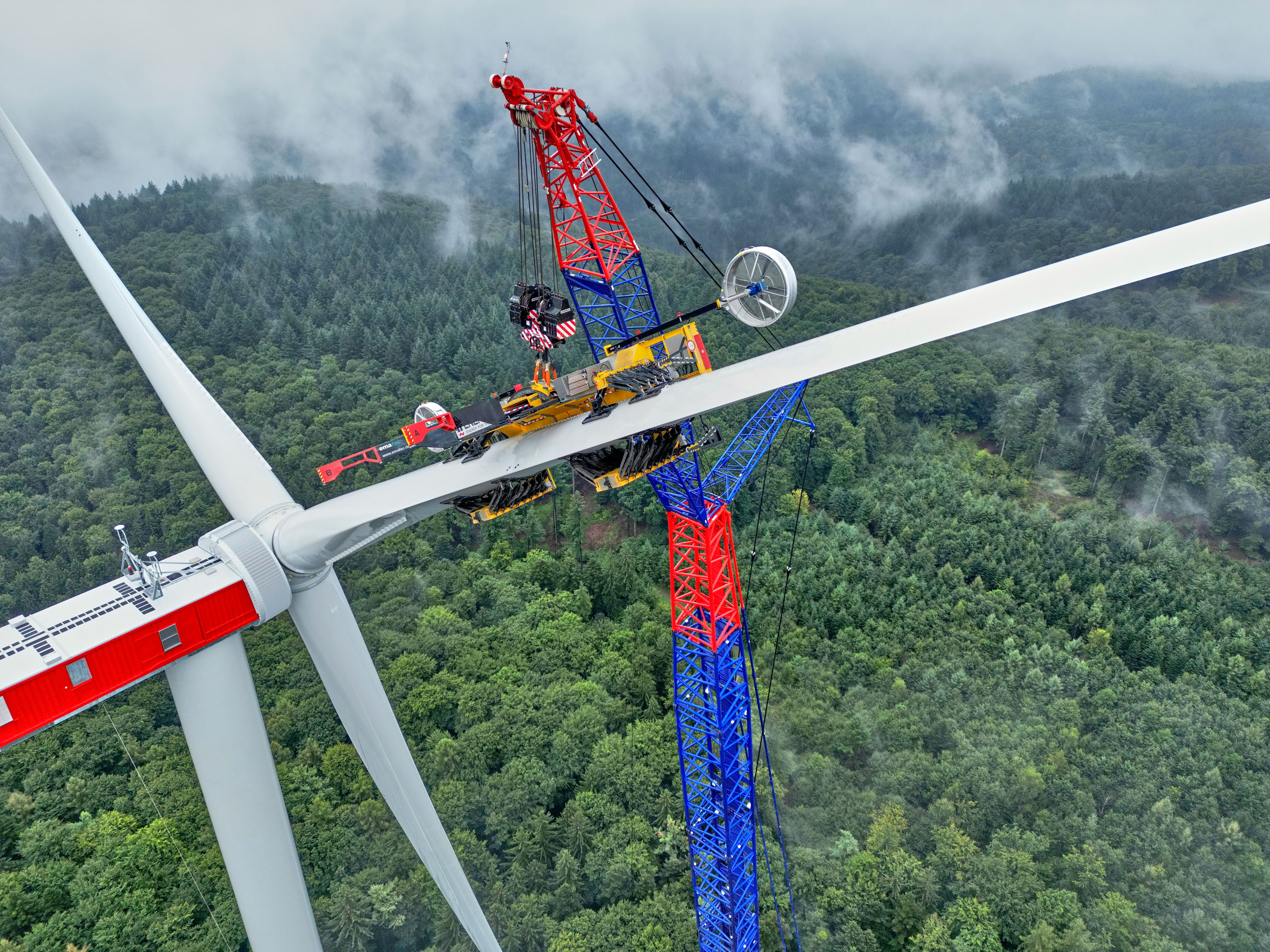Exclusive Articles
Urban wind energy potential: lessons from Europe’s capitals
Published in: Wind, Exclusive Articles, PES Spotlight
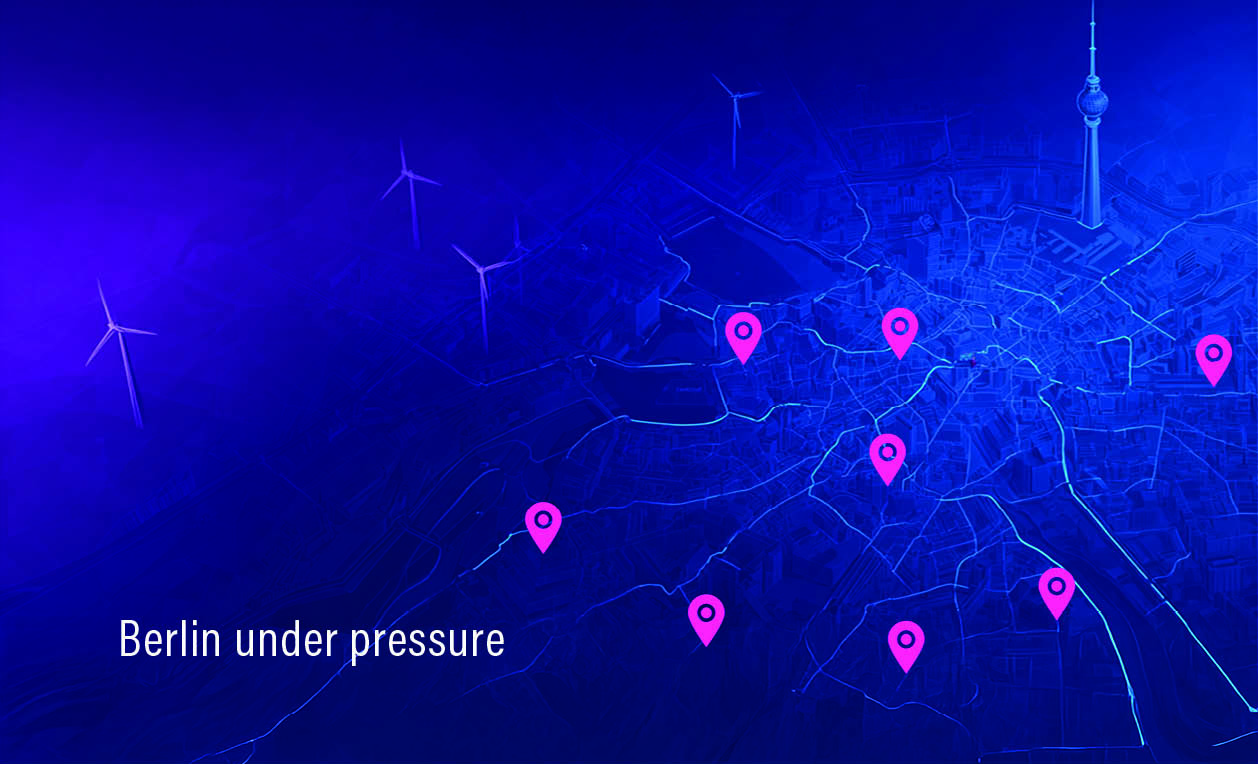
Europe’s race towards climate neutrality is entering a decisive phase. With the European Union’s Green Deal setting out ambitious targets of 55% reduction in greenhouse gas emissions by 2030 and climate neutrality by 2050, renewable energy expansion is no longer optional. It’s a legal and economic imperative.
Traditionally, rural areas with vast open spaces have been the focus for wind energy development. Yet Europe’s cities, home to over 75% of its population, are now under increasing pressure to contribute. Urban centers are energy-intensive hubs, consuming vast amounts of electricity for households, public infrastructure and transport. They are also political symbols: if Europe’s capitals cannot demonstrate their commitment to renewable energy, how can the rest of the continent be expected to follow?
Berlin, Germany’s capital and one of Europe’s major metropolises, illustrates this tension. Known more for its cultural vibrancy than its renewable energy initiatives, Berlin has long relied on neighboring regions to meet its electricity demand. But legal obligations under Germany’s Renewable Energy Sources Act and European directives are forcing the city to act. Recently, Berlin designated eight priority areas for wind energy development, not out of pioneering spirit, but because the climate targets leave no alternative.

.gif)





